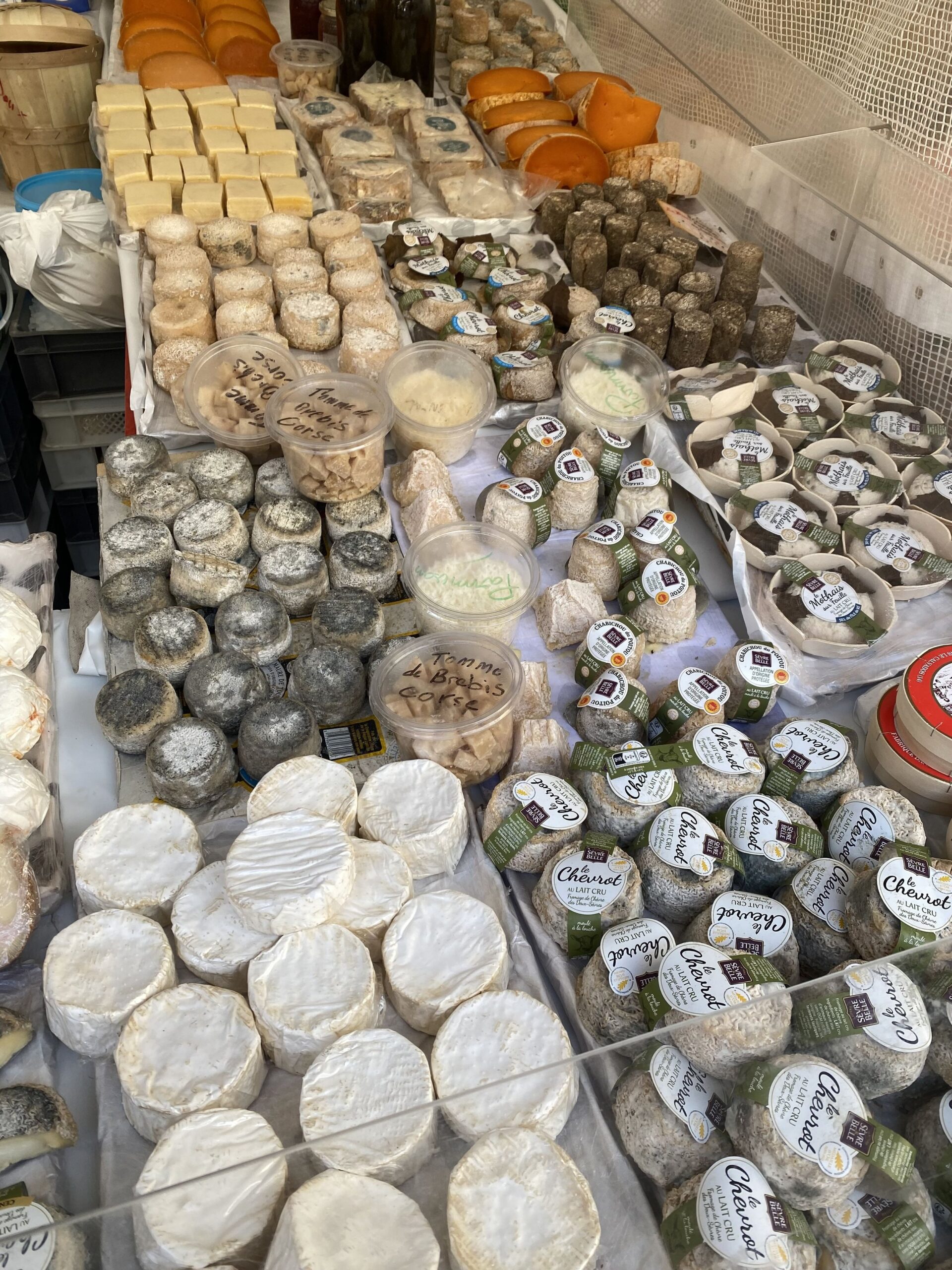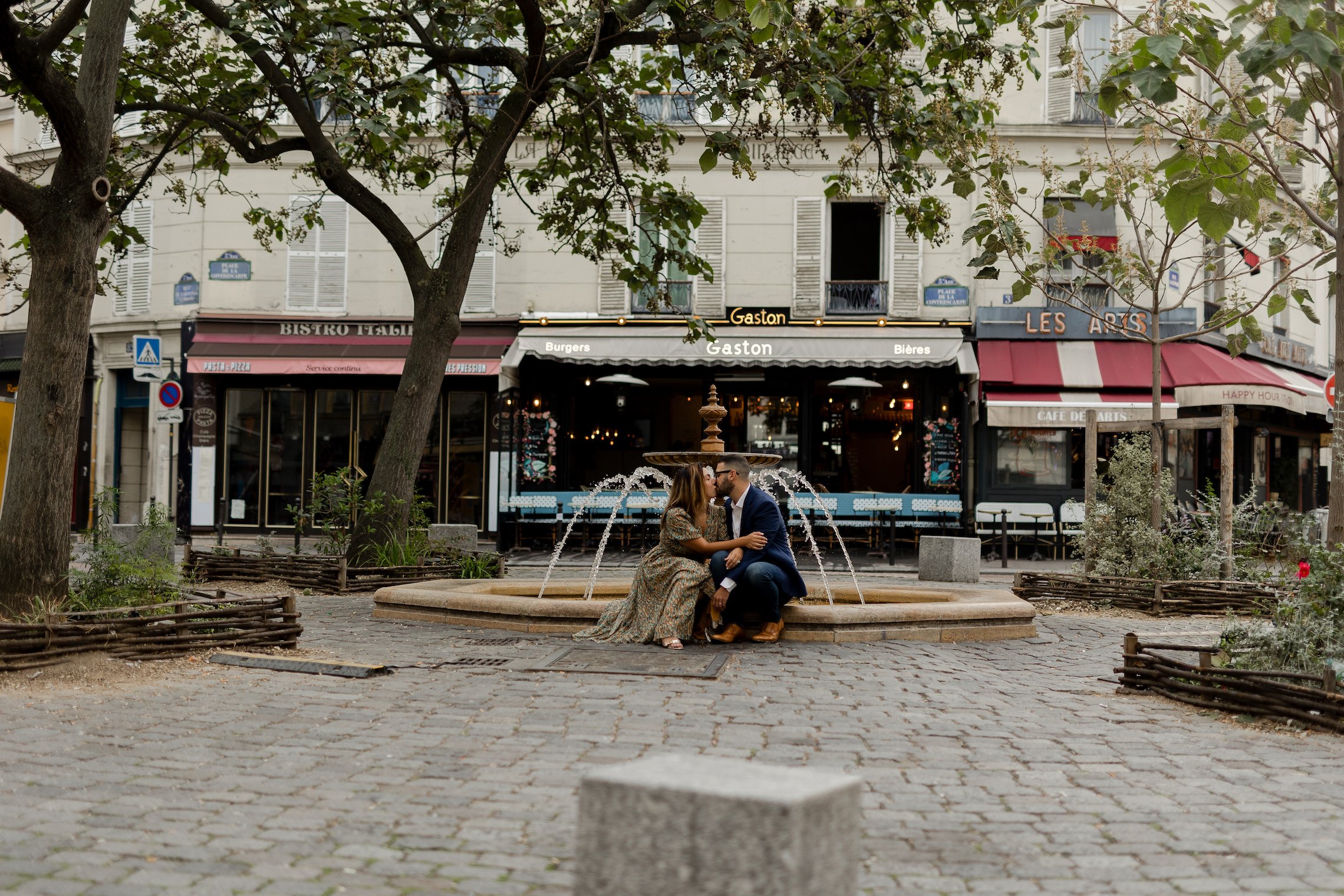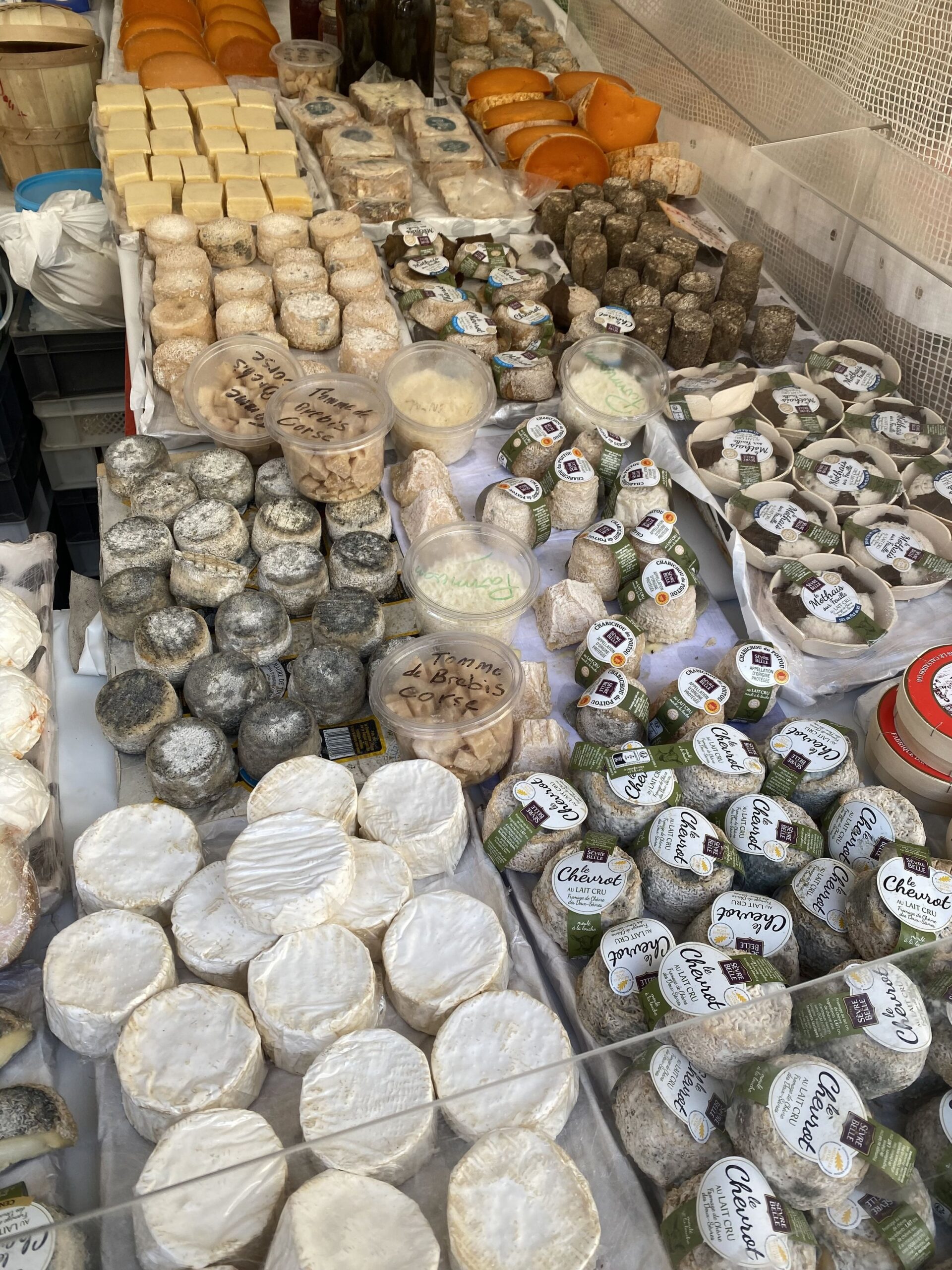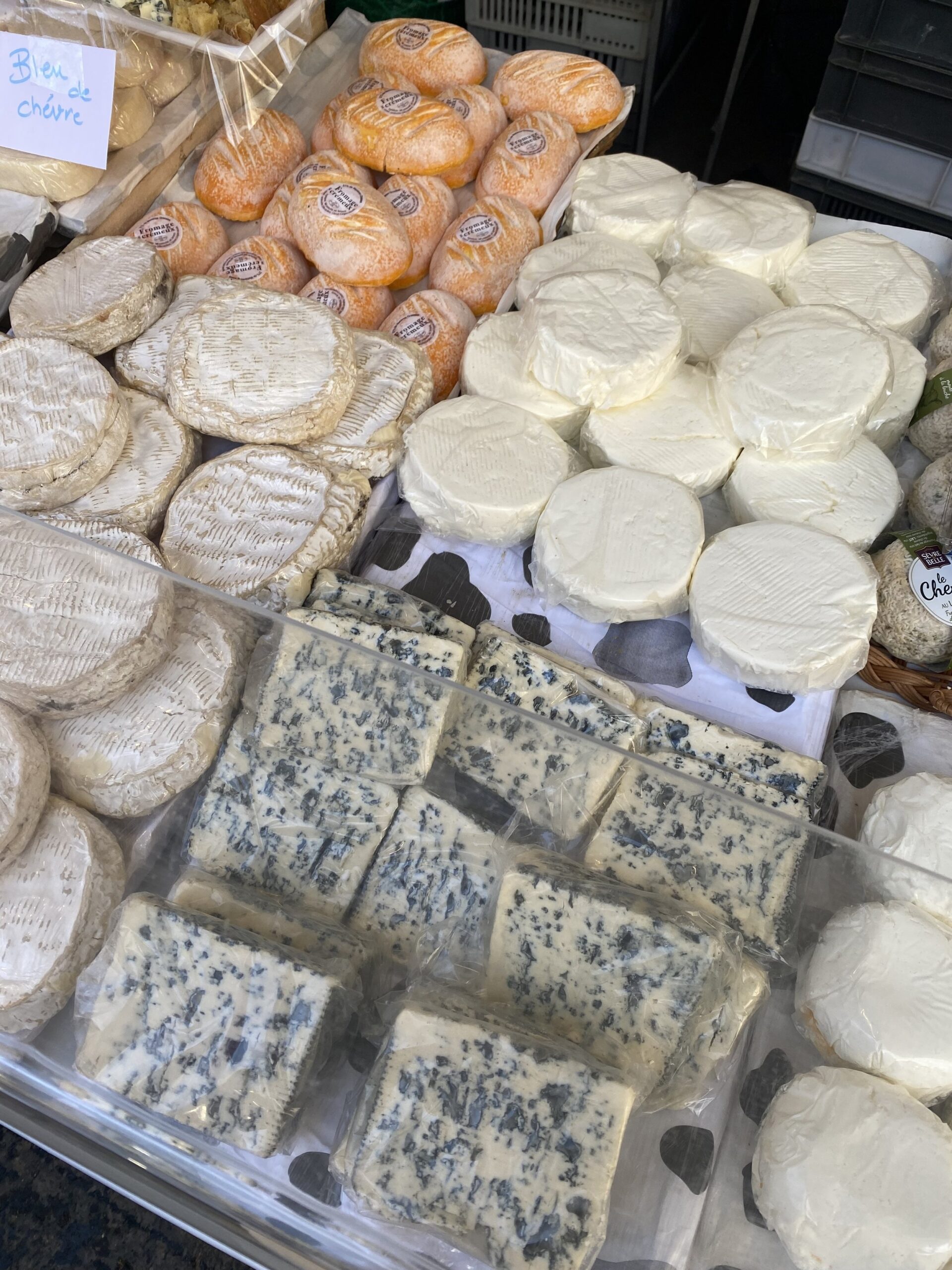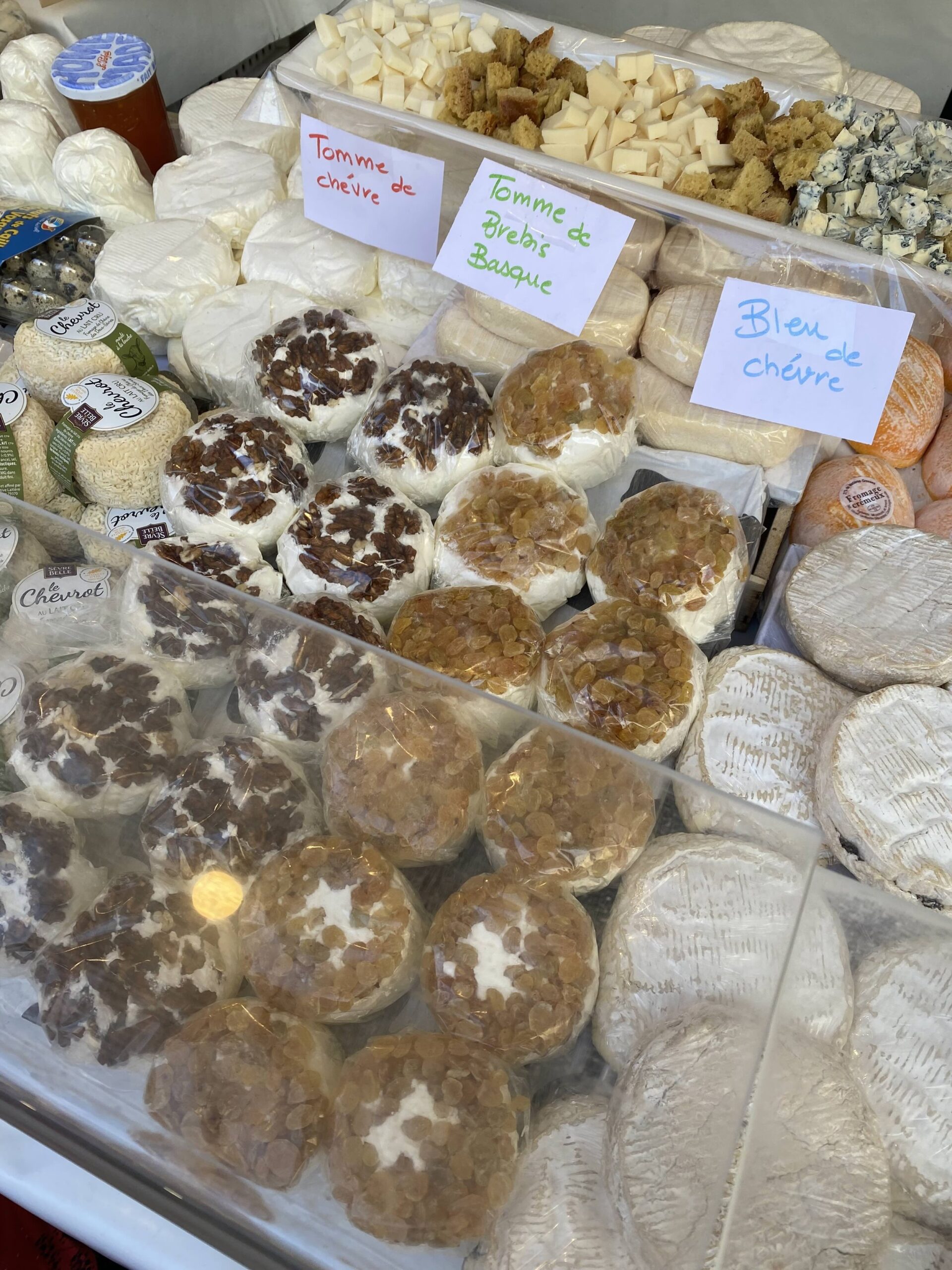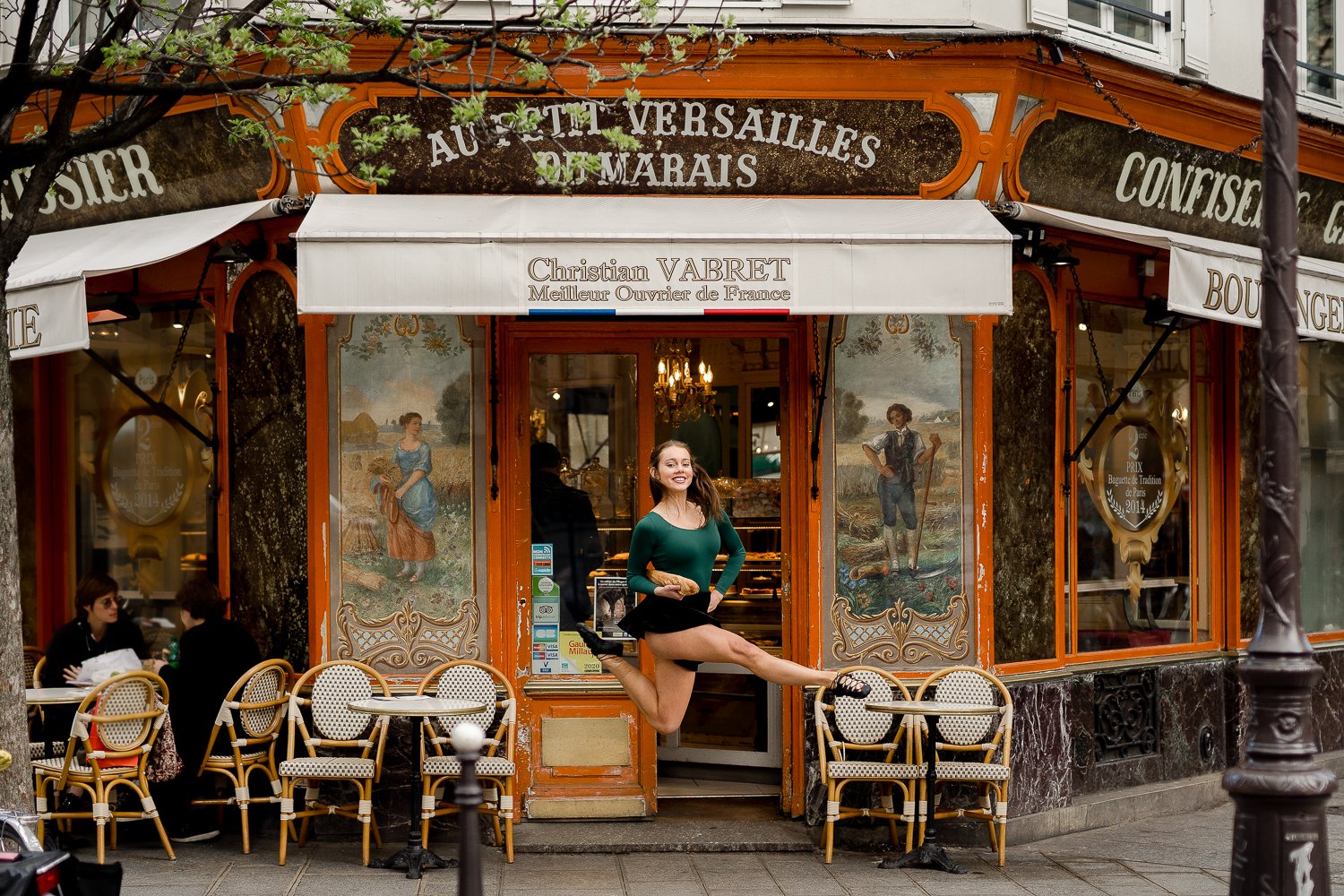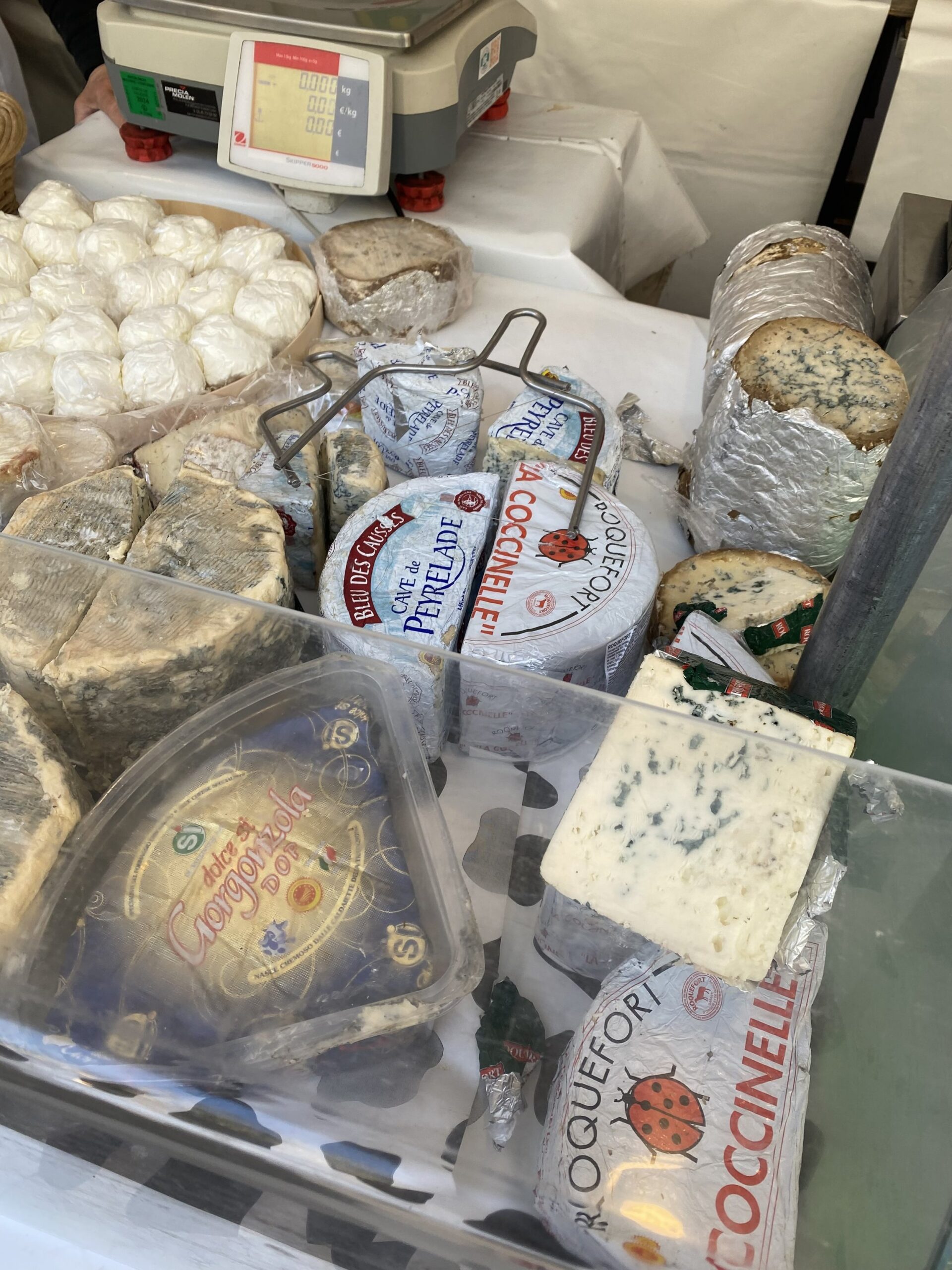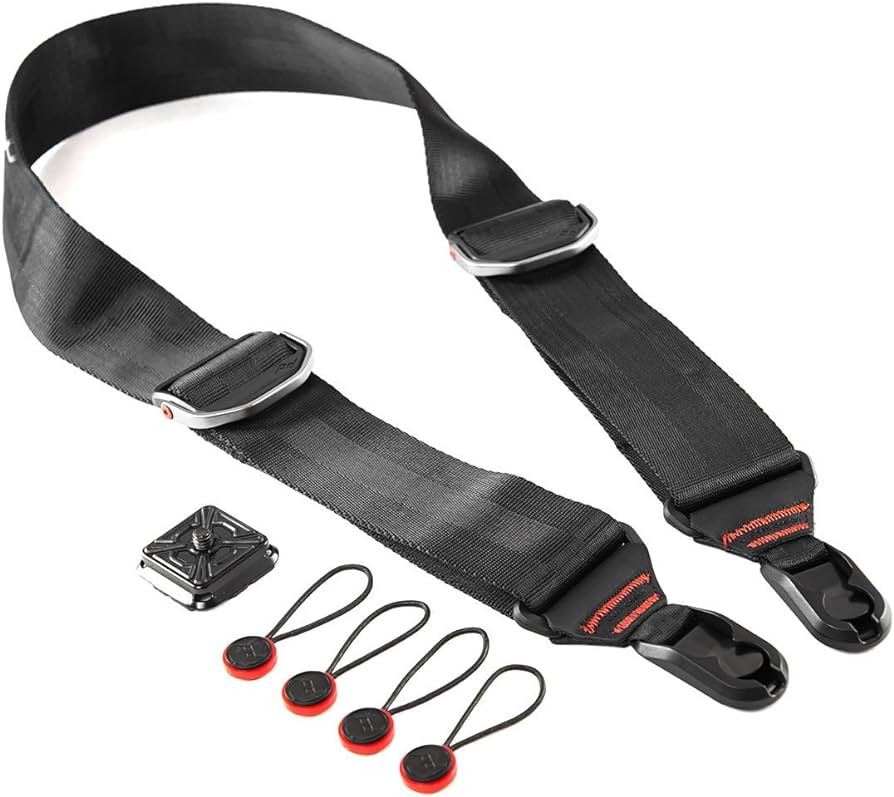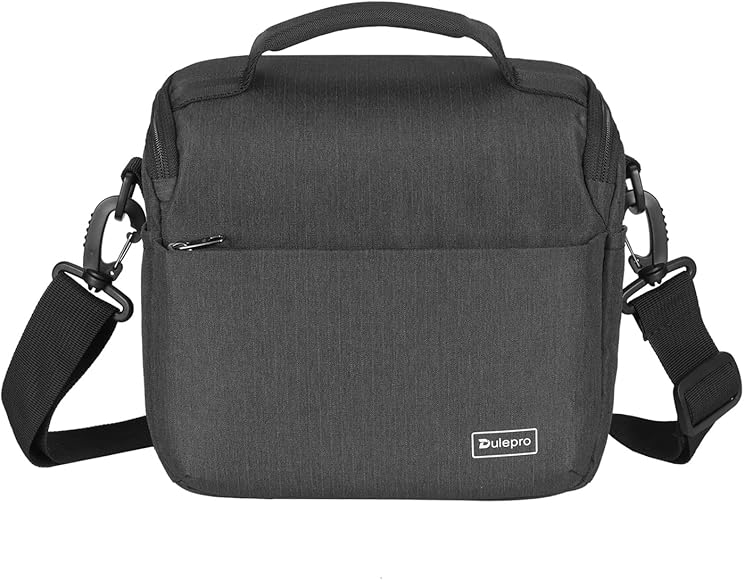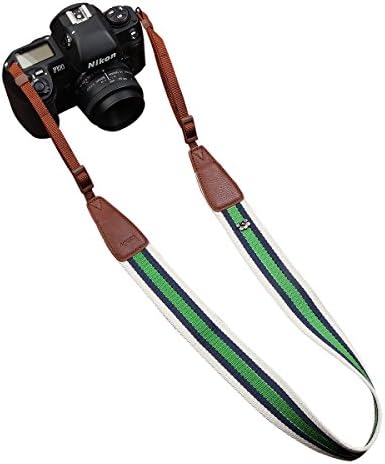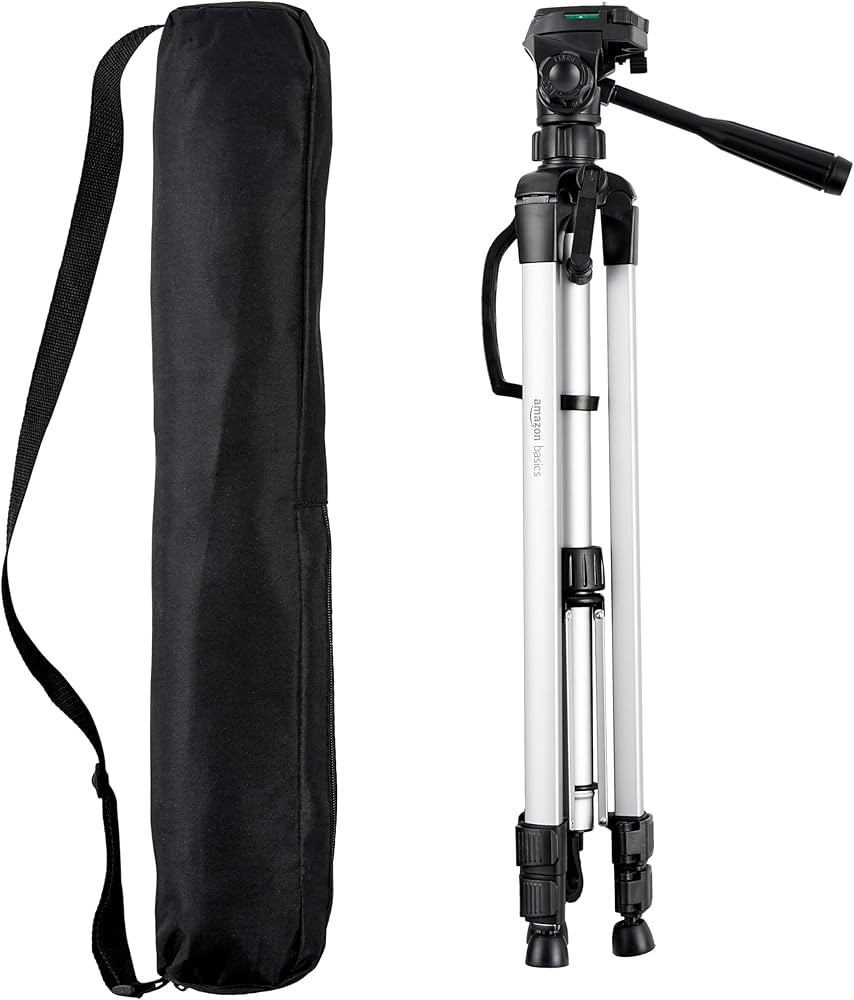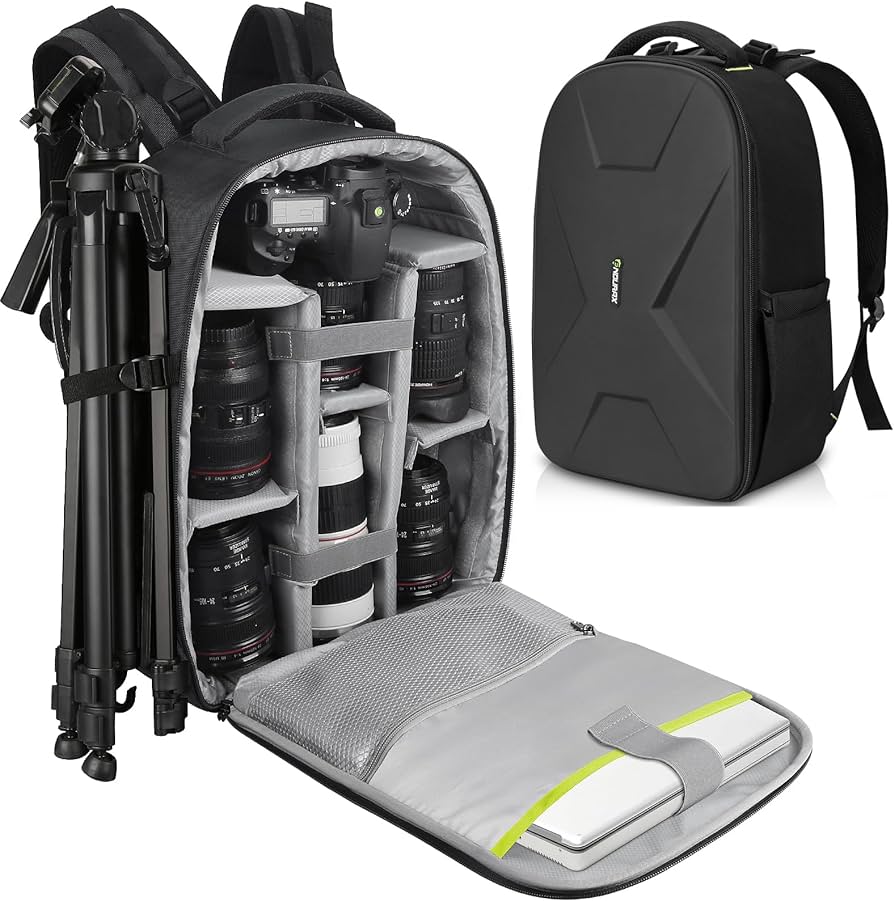We’ve all seen the dreamy photos on Pinterest and Instagram: Picnics in front of the Eiffel Tower featuring a bottle of wine, a baguette, and a colorful platter of creamy deliciousness. The well-done French cheese plate is more than a snack, it can be a piece of art. But where does one even begin when building the perfect cheese board that’s guaranteed to taste as good as it looks? Fear not, because we’re here to help with an easy step-by-step guide!
The Basics of a French Cheese Plate
First things first: QUALITY
The quality of a good french cheese will take something mediocre to outstanding. I honestly thought I didn’t like goat cheese at all before living in France and then I tried it fresh from the market here one Sunday at my in-laws and I was BLOWN AWAY. What changed? The quality. You really want to favor local, direct from the farm or from the cheesemonger (or fromager in french). This is where they will also be experts in guiding you. If you’re in France, try looking for a local market. They’re often on the weekend mornings and there will ALWAYS be a fromager. Ask for their help if you’re overwhelmed, they’ll often guide you to properly choose the cheeses and tell you about the different flavors that the different regions of France offer. For a blog with more info on local markets in Paris, click HERE
You don’t have to order big pieces either. Getting a small selection of cheeses that are excellent quality is eons better than a large selection of industrialized cheese from the supermarket (yes, even in France we have industrial cheese!).
The next important part of a French cheese plate is variety in the types of cheese you offer. Normally, we offer an odd number of cheeses on a board. Maybe 3 or 5…beyond 5 it’s ok to have even numbers. A simple rule for selecting the base of your French cheese plate is to make sure you include at least one hard cheese, one soft cheese, and a soft goat cheese and/or blue cheese. Or alternatively, you can choose 3 different kinds of cheese from 3 different kinds of milks.. Let’s talk more about that.
Did you know there are three different dairies that all French cheeses are made from? Cow milk (french word: lait de vache), goat milk (lait de chèvre), and sheep milk (lait de brebis). Try to include at least two of these dairies on your platter to achieve a good variety, bonus points for all three.
What are the BEST French cheeses for the ultimate cheese board:
(the ones with asterisks are highly recommended by my cheese adoring French husband)
Hard Cheeses in France
The Go-To: Comté*
Comté is a semi-hard cow’s cheese that you can easily find in any French supermarket. It’s matured in caves in the Jura mountains in Eastern France, giving it a unique and strong flavor and color that pairs beautifully with fresh fruit on a summer day. Compté is great on it’s own!
Alternatives:
Some other hard cheeses to keep an eye out for for your platter are Beaufort, Cantal*, Saint Nectaire, and Tomme de Savoie, Tomme basque*, hard chèvre*.
Fun fact: If you are lactose sensitive like me, typically harder cheeses are easier to digest, along with goat or sheep cheeses.
Soft Cheeses in France
The Go-To: Camembert*
Camembert is a soft ripened cow’s cheese originating from Normandy in Northern France. It has an edible white rind, a strong taste, and pairs wonderfully with jams and chutneys.
Alternatives:
Other popular soft cheeses include Brie de Meaux*, Saint-Félicien, Coulommiers, and Bûche de Chèvre, Saint Marcellin*, Saint Nectaire*.
Blue Cheeses in France
The Go-To: Roquefort***
Roquefort is a sharp and tangy sheep cheese largely produced and aged in caves in Toulouse in the south of France. Pair it with apples and honey to contrast its saltiness or with dried meats to sit in tune with the salt. Personally, I love it just on it’s own with a crunchy baguette. The strong flavors were initially something that turned me off (also it has green spots and I didn’t realize that it’s actually ok to eat cheese like this. It’s purposely this color.) but now it’s my favorite cheese.
Alternatives:
Try out Bleu d’Auvergne, Saint Agur, Bresse Bleu, Rochebaron or Bleu des Causses as well!
Goat Cheeses in France
The Go-To: Crottin de Chèvre
You can’t go wrong with a classic Crottin de Chèvre. This creamy yet crumbly goat’s cheese is a perfect introduction to French goat cheese.
Alternatives:
Sainte Maure*, Fresh goat cheese is a fun cheese to pair things with and it shows when you look at the goat cheese section in a French supermarket or cheese shop. You’ll find many goat cheeses either laced with fig chutney, coated in colorful pepper flakes, or rolled in nuts and dried fruits. My personal favorite is the chèvre cendré, a goat cheese that’s coated in ash or has a layer of ash running through it.
Triple cream:
The Go-To: Brillat savarin
Oh. my. Lanta. this is so freaking good. It is insanely creamy because of it’s high fat/low moisture content (almost like a cream cheese mixed with a buttery texture) with a gorgeous mild yet filling taste. It’s really lovely for a kid or adult intro to fresh cheeses because of the mild taste. It doesn’t have the harshness of a bleu or the sharpness of a hard cheese. This cheese definitely needs it’s own separate knife OR you have to make sure to wipe down the knife (on your baguette like french people do) if you use the same one for all the cheeses. This cheese is traditionally served as a circle so you cut it as you would a cake or pizza pie. This way each person gets a bit of the middle. This is the same way you would cut other soft cheeses.
Alternatives:
Le Boursault
Pro tip: Pairs really nicely with champagne!
Once you have your base, why not add a totally new cheese you’ve never tried before! If you’re shopping in France, you’re bound to come across a cheese you’ve never tried before. Don’t be afraid to choose one or two or three totally unique extras to the platter. Remember: more is more — and you can never have enough French cheese!
How to Cut French Cheese
Did you know you can cut cheese wrong? Yes, this is the moment when I always think “ONLY THE FRENCH”, but I secretly love it because the purpose behind it is important and it’s so everyone gets a little bit of the best part of the cheese. No one is ever (or should be ever) left with just the crust.
The basic rule is if it’s a circle, you cut it like a pizza pie. The thought behind this is that the middle is the best part so everyone gets a bit of the middle.
If the cheese is a rectangle (or a slice) you cut from the middle to the side so everyone gets a little part of the crust and a little part of the amazing middle part.
That’s it.
Simple once you know it.
Now you can go impress a French person.
Accompaniments
Accompaniments are key to a gorgeous French cheese platter. They allow you to experiment with a variety of flavors and break up the tasting experience so you can better savor each cheese. The perfect french cheese board has MOSTLY cheese, but adding these easy additions will fill in the empty spaces on the wooden board (btw did I mention you definitely want a wooden board? It’s absolutely beautiful, easy to cut on, and will make an even bigger statement piece on your table.) Here are some of the most popular kinds of additions:
Pro tip: If you serve these in small bowls this easily separates the different flavors but also makes it aesthetically pleasing.
Baguette with Irish Dancer, Photographed by Paris Photographer Katie Donnelly for the Tourism Board of Ireland
Essential: Baguettes! Baguettes! Baguettes! – How to Choose the Right One
We can’t forget a baguette!! That crusty bread is ESSENTIAL to your cheese courses. It goes well with both a firm cheese or one with a more creamy texture. Getting fresh baguettes is a must-do. Drop into your local bakery just before you’re ready to assemble your platter to pick up some fresh French bread to pair with your platter. If you’re in Paris, I recommend stopping by your local boulangerie (French for bakery) and asking for a “baguette tradition”. The baguette tradition is the BEST baguette and exactly what you want from it: Crunchy on the outside, soft and textured on the inside. A good sourdough bread with a great crust is also suitable for cheese. You do not want sandwich bread or something squishy. It needs to be able to properly hold the cheese.
BTW: We wrote a whole article about boulangeries actually including how to order them and what to say! (Check out our article on how to order at a French bakery here).
Essential: WINE!!!!
Red wine, white wine.. wine is a must (if you drink of course). I know cheese is the main course, but wine enhances the rich complex flavor experience. I LOVE a good Bordeaux red wine with my cheese but other people prefer other wines. The purpose of it all is that you ENJOY it. Good cheese. Good wine. Good bread. Vive la france!!
PS. if you’re a purest, these three things are the base. If you want to make a beautiful presentation, and also enhance the flavors at your next dinner party, keep reading!!!
To accompany in addition:
Fresh Fruits/ Nuts
Fresh fruit is a must-pair item with your cheese plate. It’s a perfect sweet refreshing combo and not to mention adds a beautiful pop of color to your platter! Strawberries, peaches and grapes are my go-to fruit accompaniments, but don’t be afraid to include whatever’s in season. Adding a few walnuts or marcona almonds will give you a nutty flavor that makes a truly beautiful pairing with the cheese and bread. It also adds a variety of texture.
Chutneys/Jams
The French love a good fig chutney or a fig jam and it’s available in most grocery stores in France. If you’re in Paris and stop by La Grande Epicerie you can find endless combinations of chutneys and jams to accompany your platter. Many cheese shops also offer a variety of chutneys and jams. For me personally, I’ve not yet found one that beats classic fig. If you want to make it extra pretty, add a few edible flowers on top. It looks like a work of art!! Pro tip: you are going to want to have a seperate knife for this so you can spread without worrying about getting it over other cheese.
Local honey:
France has a really wonderful array of local high quality honeys that you can find at any food market (sold directly from farms) or simply at the grocery store. Definiely try this drizzled on a hard cheese with some nuts for an especially decadent bite. Your taste buds will thank you.
From here we get into a full on apéro spread but that’s also ok!!
Charcuterie
If you’re a meat eater, you might think about expanding the platter to include some specialty meats as well! The most popular additions to picnics in France are saucisson (salt cured sausage), jambon cru (salt cured ham), and chorizo (I know, I know, this one’s Spanish, but who doesn’t love the little kick of spice?).
Cornichons
Cornichons are mini pickles that you can find in every French supermarket. They’re perfect for adding a delicious salty crunch to your platter. You wouldn’t mix this with cheese. Definitely don’t miss these if you’re adding a charcuterie board to your platter!!
Where to Shop for Cheese in Paris
If you’re in France, you’re in luck. Almost every French grocery store has at least one full aisle dedicated entirely to cheese. Many of the larger ones even have an extra specialty section where you can find your more gourmet options straight from the fromager! Plus the grocery store is a one-stop shop: grab your cheese selection, your accompaniments, and your beverage of choice all in one spot on your way to your picnic on the Seine or under the sparkling Eiffel Tower (head over here to see our article of the best places to see the Eiffel Tower sparkle)!
Grocery stores in Paris:
Basic: Carrefour
More Choice: Monoprix – bigger ones will have a cheese monger aisle inside!
The Best: La Grande Epicerie at Bon Marché
Where Do Parisians Buy Their Cheese:
At the Markets!
Here are my favorite open air markets with Excellent cheese mongers:
Place Monge (Go to Josepha! She’s the best cheesemonger there) – Place Monge, 75005 Paris (Open Weds, Friday, Sunday mornings)
Port Royal – Bd de Port-Royal, 75005 Paris (Open Thursday, Saturday, Tuesday)
Bastille – 2018 Bd Richard-Lenoir, 75011 Paris (Open Thursday, Sunday)
Maubert – place Maubert, 75005 Paris (Tuesday, Thursday, Saturday)
Side note: Place maubert has some incredible speciality food boutiques that are open daily, they have a REALLY good cheesemonger (won best cheesemonger in France aka MOF) and I would highly recommend going there. They also have a great boulangerie with an excellent croissant that won best in Paris! highly recommend trying this!
Convention – Rue de la Convention, 75015 Paris (Tuesday, Thursday, Sunday)
Covered Markets I recommend:
Marché Saint Germain – 4-6 Rue Lobineau, 75006 Paris
Marché des Enfants Rouge – 39 Rue de Bretagne, 75004 Paris
Marché d’Aligre – 25-11 Rue d’Aligre, 75012 Paris
But when in France, why not stop by a fromagerie? (That’s French for cheese shop!) The experience of going to a fromagerie or visiting a fromager stand at a local market is one not to be missed. You’ll find fresh and aged cheeses of all kinds and expert cheese salespersons who can tell you everything you need to know about each one!
Pro-tip: the fromagerie is also where you’ll find the best butter ;), another place where you have an insane butter selection is La Grande Epicerie de Bon Marché
Helpful French Vocabulary:
Cheese – Fromage
Cheesemonger – Fromager
Butter – Beurre
Wine – Vin
White – Blanc
Red – Rouge
Goat – Chèvre
Sheep – Brebis
Cow – Vache
Bread – Pain
Honey – Miel
Fruit – Fruit
Fig – Figue
Finally, (again I mention wine), don’t forget to pair your platter with your favorite French wine, cider, bubbly, or juice!
If you’re looking for advice on wine pairings, in Paris you’re never more than a 5 minute walk from a wine shop. Two easy-to-find chains are Nicolas and Nysa, but any boutique wine shop you find will have someone ready to help you choose the best pairing for your platter and your taste. Looking for something dry? Fruity? Totally in the dark about anything to do with wine? Just let them know and they’ll offer expert recommendations!
Arrangement
You’ve gotten all of your ingredients, now it’s time to arrange them! When arranging your platter, show off the variety you’ve selected. Play with the different colors and textures, scatter the accompaniments between your different cheeses giving you pops of color throughout so your platter turns into a bouquet of deliciousness. If necessary, let the cheese sit out for 10-15 minutes so it’s at room temperature before you eat it. And now comes the best part: Dig in!!
Bon appétit mes amis!

